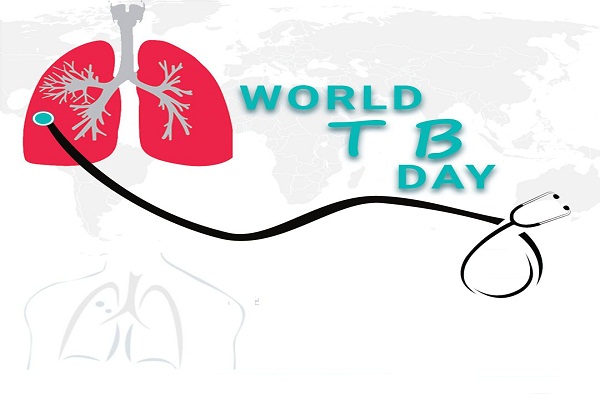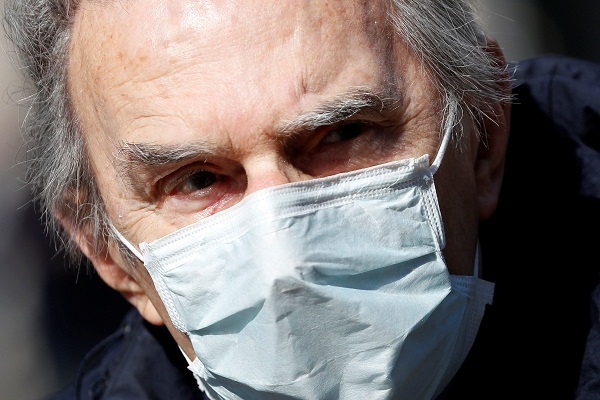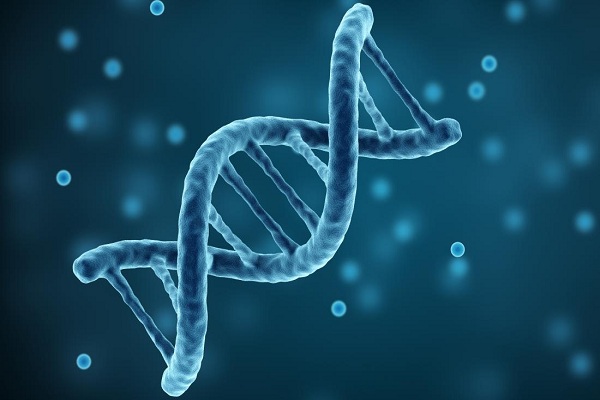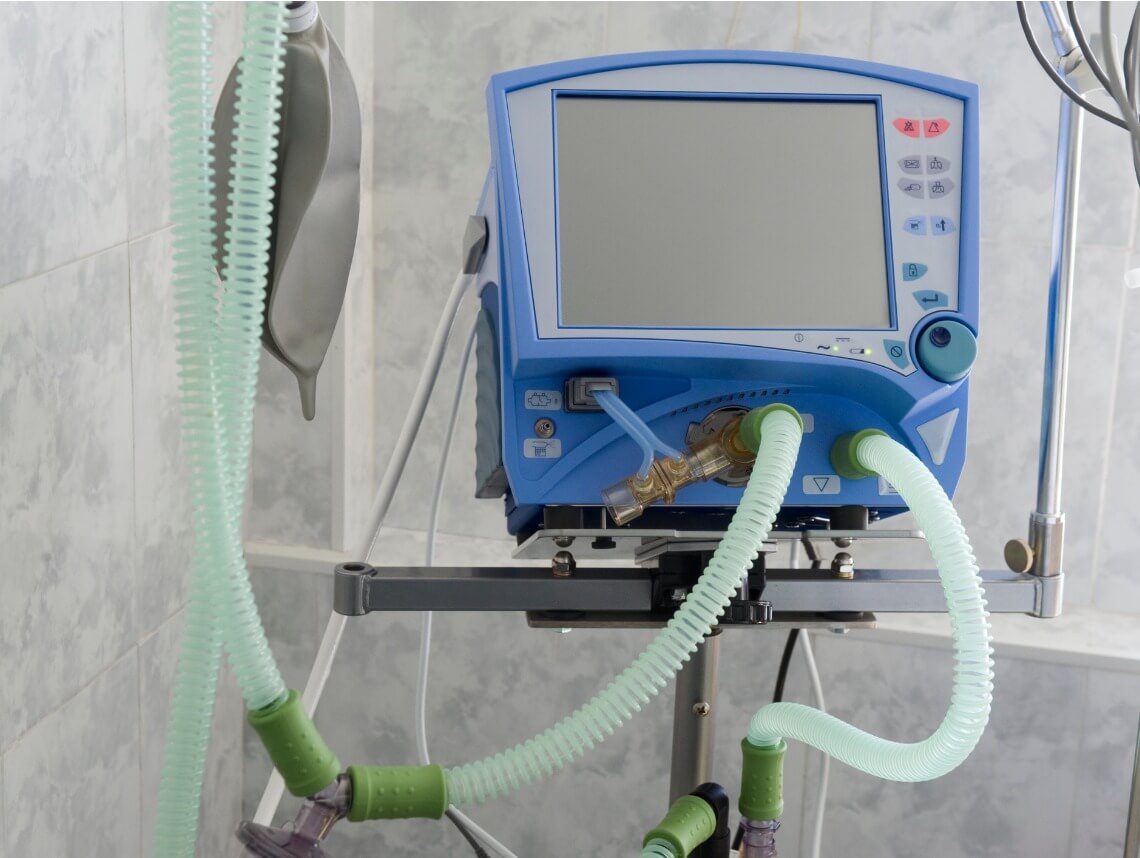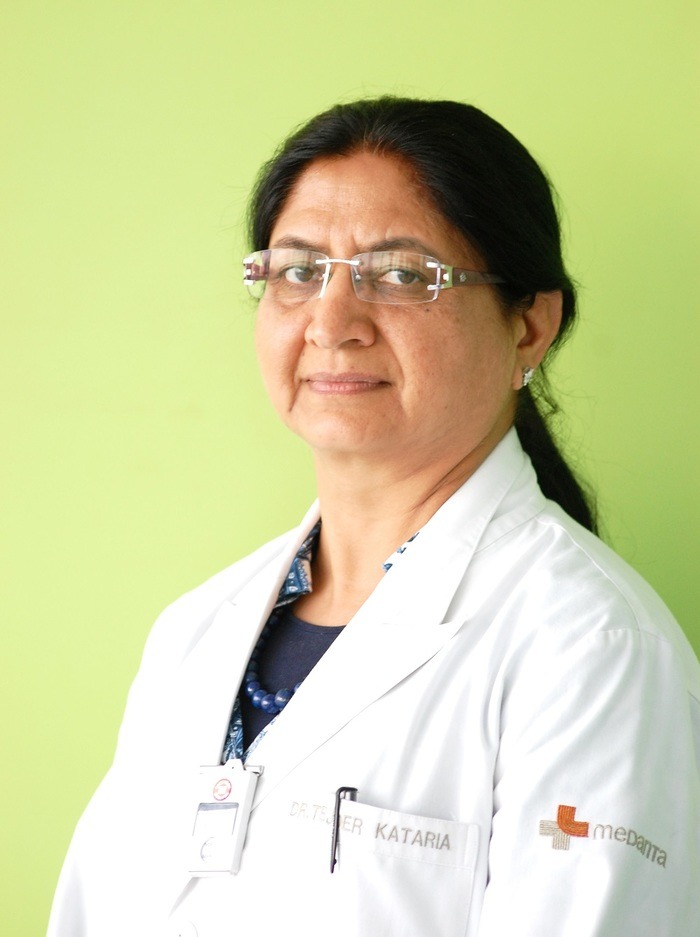
Medulloblastoma, the most common malignant brain tumor, mainly occurs in childhood, accounting for approximately 20 per cent of all primary tumors of the central nervous system among children less than 19 years of age. In India, its incidence is 22.4 per cent of all the central nervous system tumors as reported from tertiary cancer care centres in the country, says Dr. Tejinder Kataria, Chairperson, Radiation Oncology, Cancer Institute, Medanta- The Medicity, Gurgaon.

Dr. Tejinder Kataria, Chairperson, Radiation Oncology, Cancer Institute, Medanta- The Medicity, Gurgaon.
Who is most at risk for a medulloblastoma?

Approximately, 500 children are diagnosed with a medulloblastoma each year in the United States. The peak incidence is between five and nine years of age. Around 70 per cent of patients are diagnosed before the age of 20. Recently, there has been a slight increase in incidences between the ages of 20 to 24 years, but the disease is rare after the fourth decade, consistent with its embryonal origin. In India the overall incidence of brain tumours is 5/100,000 and medulloblastoma is found in <1 per cent of adult brain tumours.
What is the cause of medulloblastoma?
The exact cause is unknown. Approximately 2 to 5 percent of medulloblastomas occur in association with either the nevoid basal cell carcinoma syndrome (NBCCS), caused by germline mutations in the patched- 1 (PTCH1) gene, or familial adenomatous polyposis (FAP), caused by inactivating mutations in the adenomatous polyposis coli (APC) gene. Mutations in these genes predispose to the development of medulloblastoma through defect in pathways important in the pathogenesis of both sporadic and inherited tumors.

What are the common and uncommon symptoms of medulloblastoma?
Major symptoms of medulloblastoma include increased intracranial pressure, cerebellar dysfunction (evolving over a period of weeks to a few months), gait ataxia or truncal instability, visual disturbance, cerebellar dysarthria (speech disturbance), dysdiadochokinesia (rapid repeated movements), tremors, limb clumsiness or incoordination. This also includes symptoms of cranial nerve involvement like numbness of face, difficulty in swallowing, decreased hearing, etc.
What are the different treatment methods for medulloblastoma?
Combined modality therapy, including surgery, craniospinal radiation therapy (RT), and chemotherapy is the standard of care for both children and adults with medulloblastoma.
Following maximum safe resection, the treatment of children with medulloblastoma varies according to the extent of disease and the age at diagnosis:
Average-risk disease “ The average-risk subset includes children ≥3 years of age who have undergone a complete or near complete resection, have a negative cerebrospinal fluid cytology, and have no evidence of distant metastases. The treatment method for this category is combined modality treatment which includes both craniospinal RT +/- adjuvant combination chemotherapy.
High-risk disease “ For this category, treatment method involves craniospinal RT with concurrent chemotherapy followed by combination chemotherapy.
Infants and young children “ Children <3 years of age with medulloblastoma can develop need reduced dose of cranio-spinal radiation for standard risk disease. Chemotherapy may be given to delay radiation however, incidence of relapse/recurrence increases if radiation is not given.
Adults “ The clinical experience with medulloblastoma in adults is more limited, and treatment should be patterned after that in children. In adults with average-risk disease, combined modality treatment including both craniospinal RT and adjuvant combination chemotherapy. The optimal treatment for adults with metastatic, unresectable, or recurrent medulloblastoma is unknown. Treatment include craniospinal RT followed by combination chemotherapy rather than RT alone in most patients. In cases of recurrent medulloblastoma or patients with high-risk disease, gross residual post-surgery and with spinal metastases – Stem cell transplantation/bone marrow transplantation is recommended.
Are there any side-effects when treating medulloblastoma?
There are several side effects that may occur when treating medulloblastoma: Posterior fossa syndrome, also called cerebellar mutism, is a major side effect which is characterized by impaired language production in association with emotional lability, inattention or difficulty initiating movement, cranial nerve palsies or bowel and bladder incontinence. Other side effects include neurocognitive impairment, hearing loss, short stature, endocrine abnormalities (growth hormone deficiency. thyroid deficiency, ACTH deficiency), Cataract, Cerebrovascular diseases, and even other secondary cancers.
Do adults have chances of getting medulloblastoma?
There is a slight increase in incidence between the ages of 20 to 24 years, but the disease is rare in people after the age of 40.
Are people with specific genetic conditions more likely to develop medulloblastoma?
Approximately 2 to 5 percent of medulloblastomas occur in association with either the nevoid basal cell carcinoma syndrome (NBCCS), caused by germline mutations in the patched-1 (PTCH1) gene, or familial adenomatous polyposis (FAP), caused by inactivating mutations in the adenomatous polyposis coli (APC) gene. Mutations in these genes predispose to the development of medulloblastoma through defects in pathways important in the pathogenesis of both sporadic and inherited tumors.
What is the latest research on medulloblastoma?
Recent genomic studies indicate that medulloblastoma consists of at least four distinct molecular subgroups: WNT (wingless pathway), sonic hedgehog (SHH), Group 3, and Group 4. WNT and SHH medulloblastomas are characterized by aberrations in the WNT and SHH signaling pathways, respectively. WNT medulloblastoma has the best prognosis compared to the other medulloblastomas, while SHH medulloblastoma has an intermediate prognosis. The underlying signaling pathways associated with Group 3 and 4 medulloblastomas have not been identified. Group 3 medulloblastoma is frequently associated with metastasis, resulting in a poor prognosis, while Group 4 is sometimes associated with metastasis and has an intermediate prognosis. Group 4 is the most frequent medulloblastoma and represents 35% of all medulloblastomas.
Which specialties/ doctors does the treatment of this disease include?
Neurosurgeon, radiation oncologist, paediatric medical oncologist, endocrinologist, dietician, physiotherapists & neuro “ rehabilitation team.
Be a part of Elets Collaborative Initiatives. Join Us for Upcoming Events and explore business opportunities. Like us on Facebook , connect with us on LinkedIn and follow us on Twitter , Instagram.




